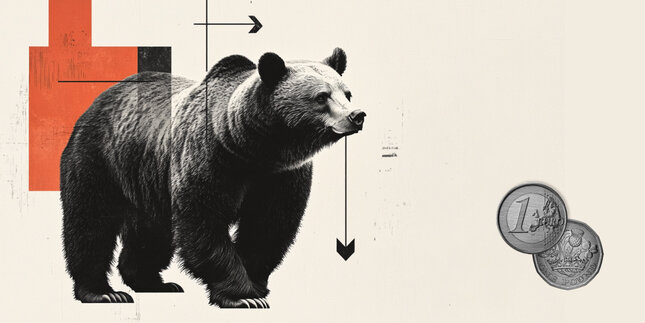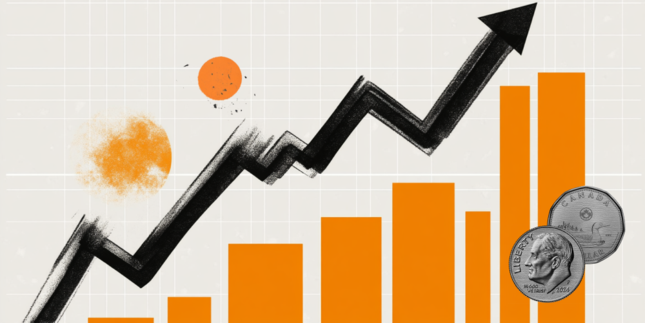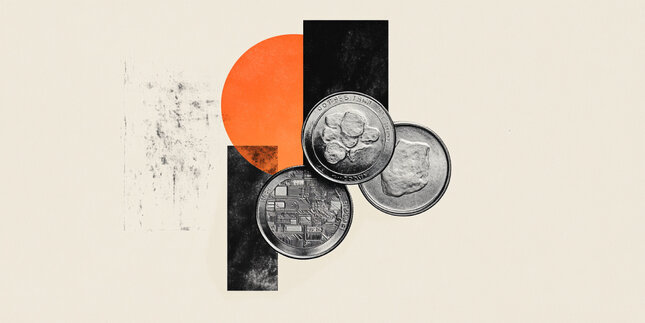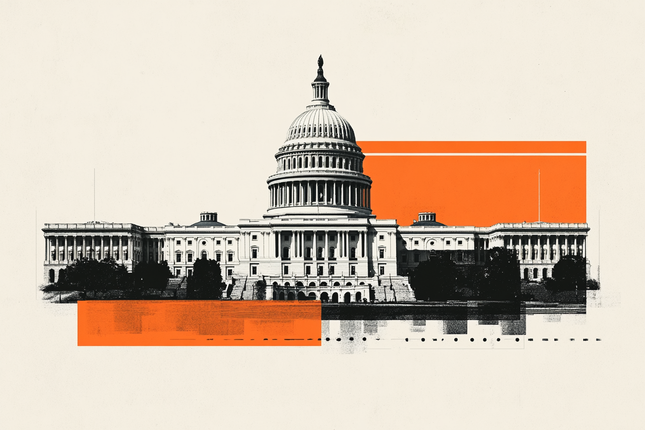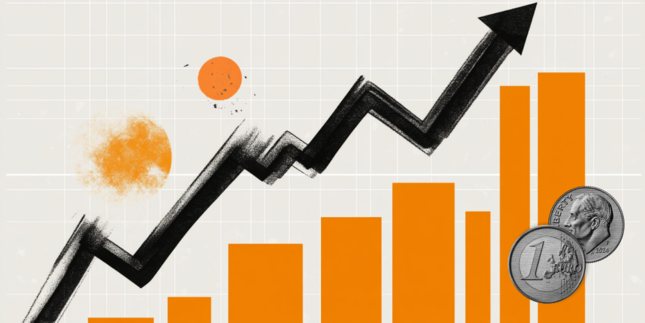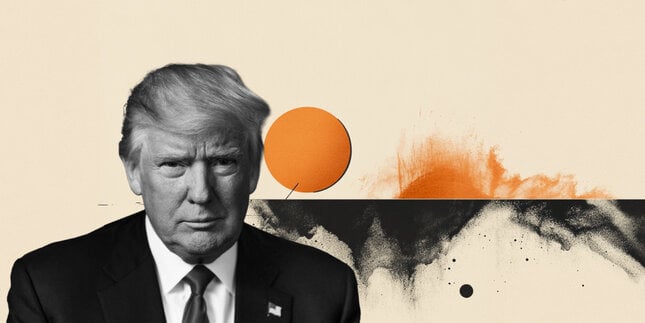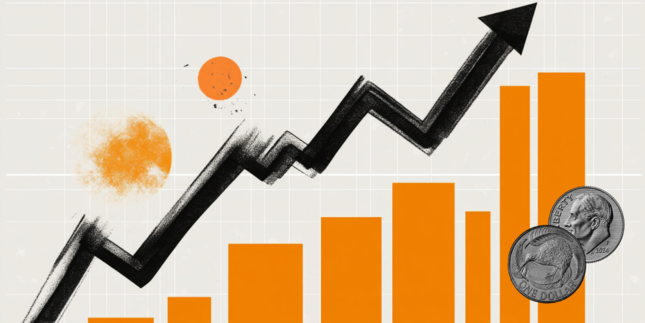USD/INR jumps on month-end US Dollar demand
- The Indian Rupee trades on a softer note in Thursday’s early European session.
- Rising US Dollar demand and continued capital outflows undermine the INR, but RBI intervention might cap its downside.
- The estimate of the US Q4 GDP report will take center stage later on Thursday.
The Indian Rupee (INR) softens on Thursday. The local currency remains on the defensive due to month-end US Dollar (USD) demand by importers. Additionally, capital outflows amid uncertainty over US trade tariffs contribute to the INR’s downside. Nonetheless, a likely foreign exchange intervention by the Reserve Bank of India (RBI) might help limit the Indian Rupee’s depreciation.
Looking ahead, traders will keep an eye on the estimate of US Gross Domestic Product (GDP) for the fourth quarter (Q4), along with the weekly Initial Jobless Claims, which are due later on Thursday. Fedspeak will be in focus as it might offer some hints about the interest rate path in the United States. The Federal Reserve’s (Fed) Michelle Bowman, Beth Hammack and Patrick Harker are scheduled to speak.
Indian Rupee weakens amid USD demand and foreign outflows
- India's battered benchmark stock indices are set for a slow and partial recovery this year from their biggest straight monthly loss in almost three decades, according to a Reuters poll of equity analysts who were far more pessimistic than three months ago.
- “Rupee traded very weak as FII sell-off continued and crude oil prices remained elevated amid US tariffs on Iran, which pushed oil demand higher. The dollar index at 106.65 also added to the pressure on the rupee,” said Jateen Trivedi, Research Analyst at LKP Securities.
- Late Wednesday, US President Donald Trump reiterated his insistence on 25% tariffs on Canada and Mexico, as well as adding the European Union (EU) to the list of countries from which he will penalize US consumers for importing.
- New Home Sales in the US fell by 10.5% MoM to 657,000 units in January from 734,000 units (revised from 698,000) in the previous reading, according to the Commerce Department's Census Bureau on Wednesday. This figure came in weaker than the 680,000 units expected.
- Atlanta Fed President Raphael Bostic said late Wednesday that the Fed should hold interest rates where they are, at a level that continues to put downward pressure on inflation, per Bloomberg.
- Richmond Fed President Thomas Barkin noted that he will follow a wait-and-see approach regarding central bank interest rate policy until it is clear inflation is returning to the Fed's 2% target.
USD/INR’s outlook remains bullish despite consolidation in the shorter term
The Indian Rupee trades weaker on the day. The USD/INR maintains the constructive view on the daily chart, characterized by the price holding above the key 100-day Exponential Moving Average (EMA). The upward momentum is reinforced by the 14-day Relative Strength Index (RSI), which stands above the midline near 59.50, suggesting that further upside looks favorable.
In the bullish case, the first upside target to watch is 87.25, the high of February 25. Extended gains above this level could push the price to an all-time high near 88.00. The next hurdle is seen at 88.50.
On the flip side, the low of February 21 at 86.48 acts as an initial support level for the pair. Further south, the next contention level is located at 86.14, the low of January 27, followed by 85.65, the low of January 7.
RBI FAQs
The role of the Reserve Bank of India (RBI), in its own words, is "..to maintain price stability while keeping in mind the objective of growth.” This involves maintaining the inflation rate at a stable 4% level primarily using the tool of interest rates. The RBI also maintains the exchange rate at a level that will not cause excess volatility and problems for exporters and importers, since India’s economy is heavily reliant on foreign trade, especially Oil.
The RBI formally meets at six bi-monthly meetings a year to discuss its monetary policy and, if necessary, adjust interest rates. When inflation is too high (above its 4% target), the RBI will normally raise interest rates to deter borrowing and spending, which can support the Rupee (INR). If inflation falls too far below target, the RBI might cut rates to encourage more lending, which can be negative for INR.
Due to the importance of trade to the economy, the Reserve Bank of India (RBI) actively intervenes in FX markets to maintain the exchange rate within a limited range. It does this to ensure Indian importers and exporters are not exposed to unnecessary currency risk during periods of FX volatility. The RBI buys and sells Rupees in the spot market at key levels, and uses derivatives to hedge its positions.
Forex News
Keep up with the financial markets, know what's happening and what is affecting the markets with our latest market updates. Analyze market movers, trends and build your trading strategies accordingly.




